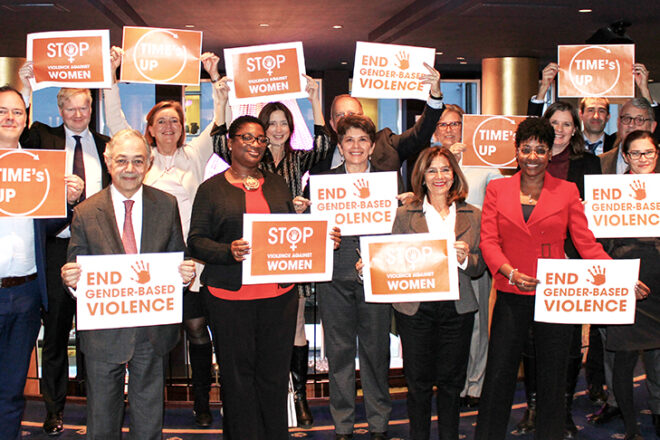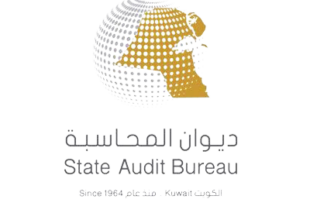INTOSAI Development Initiative Puts Gender Equality Center Stage

2020 is a big year for gender equality. Governments, civil society and the private sector are preparing for a series of high-level events celebrating the 25th anniversary of the Beijing Platform for Action, where governments worldwide pledged to advance equality, development and peace for all women everywhere.
Many of the commitments have been incorporated into the Sustainable Development Goals (SDGs), including SDG 5, which focuses on gender equality and women’s empowerment. Accountable for these commitments, governments must also ensure the assurances are translated into national contexts. Gender equality, now enshrined in many national constitutions, laws, strategies and policies, has also been adopted into different forms of Gender Responsive Budgeting.
Through audit work, Supreme Audit Institutions (SAIs) can assess, and contribute to, the quality of government engagement on gender equality, and through exemplary leadership, SAIs can demonstrate ongoing relevance to all citizens—both women and men.
A non-profit, autonomous International Organization of Supreme Audit Institutions (INTOSAI) body, the INTOSAI Development Initiative (IDI) is mandated to support SAIs in sustainably enhancing performance and capacity, particularly SAIs in developing countries.
The 2017 IDI Global Stocktaking Report showed the majority of SAIs (about 75%) within the INTOSAI community were led by men. Senior management was also predominantly male (about 59%). The potential for improvement is evident, and incorporating gender equality into strategic, operational and budgetary planning is key.
IDI has a gender policy in place and has performed a Gender Institutional Self-Assessment. Since 2020, IDI ensures support includes a gender lens by conducting gender analyses when designing new IDI initiatives.
In addition to support to SAIs in establishing targets for female participation, IDI requires SAIs to consider gender balance when nominating participants for IDI initiatives, such as the SAI Young Leaders (SYL) program. An initial SYL program participation of 80% women (after a merit-based selection) speaks for itself. This pattern was repeated in the second iteration, as 75% of those selected were female.
IDI’s support also extends regionally. IDI proudly partnered with the Organization of Latin American and Caribbean Supreme Audit Institutions (OLACEFS) to aid member SAIs in auditing national preparedness to implement SDG 5. The publication “Are Nations Prepared for Implementation of the 2030 Agenda?” contains lessons learned from the joint project with OLACEFS, as well as SAIs from other regions.
Improving gender equality also means raising awareness and leading by example, such as:
- Organizing the first-ever IDI-facilitated gender side event at the INTOSAI Congress in Moscow in September 2019;
- Developing the recently finalized IDI SDG Audit Model (ISAM), an approach and methodology for auditing SDG implementation that includes an illustration on “Eliminating Intimate Partner Violence Against Women,” which is linked to SDG Target 5.2.
Moreover, IDI’s board members are currently 70% female–a rare exception in the world of corporate governance.
Despite progress, IDI recognizes gender mainstreaming within an organization is challenging. No country has achieved full gender equality, and in some countries, resistance to equality between women and men still exists.
The 25th anniversary of the Beijing Platform for Action signals a perfect time to expand and strengthen our commitment to gender equality.





